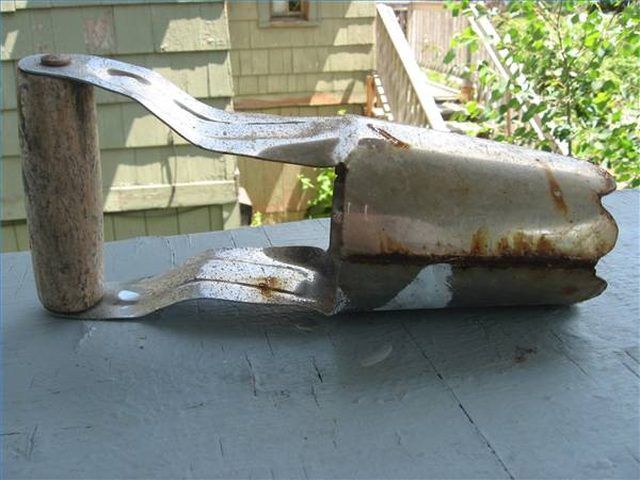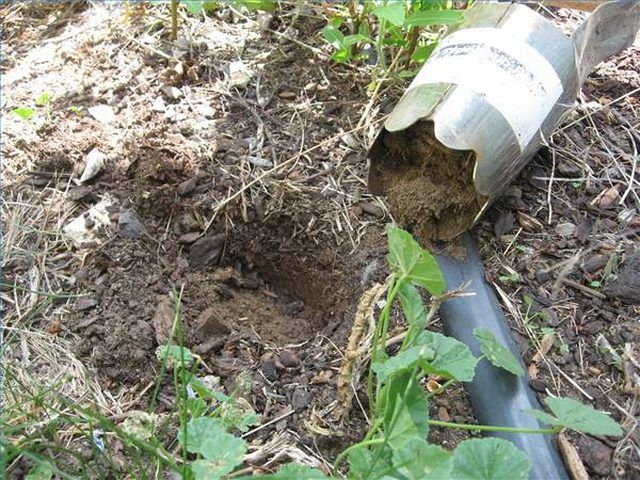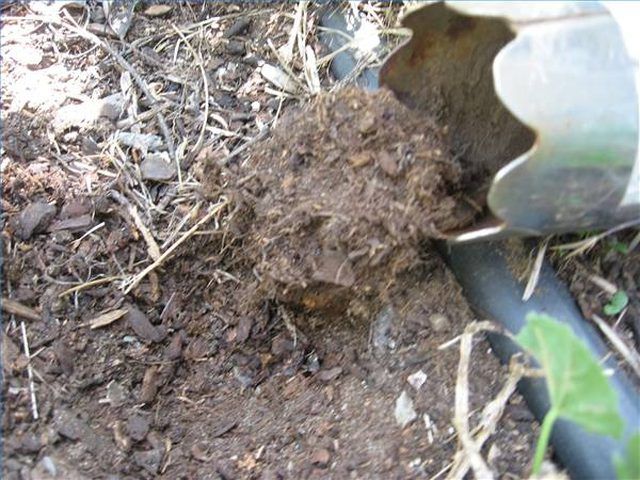Bulbs
Flower Basics
Flower Beds & Specialty Gardens
Flower Garden
Garden Furniture
Garden Gnomes
Garden Seeds
Garden Sheds
Garden Statues
Garden Tools & Supplies
Gardening Basics
Green & Organic
Groundcovers & Vines
Growing Annuals
Growing Basil
Growing Beans
Growing Berries
Growing Blueberries
Growing Cactus
Growing Corn
Growing Cotton
Growing Edibles
Growing Flowers
Growing Garlic
Growing Grapes
Growing Grass
Growing Herbs
Growing Jasmine
Growing Mint
Growing Mushrooms
Orchids
Growing Peanuts
Growing Perennials
Growing Plants
Growing Rosemary
Growing Roses
Growing Strawberries
Growing Sunflowers
Growing Thyme
Growing Tomatoes
Growing Tulips
Growing Vegetables
Herb Basics
Herb Garden
Indoor Growing
Landscaping Basics
Landscaping Patios
Landscaping Plants
Landscaping Shrubs
Landscaping Trees
Landscaping Walks & Pathways
Lawn Basics
Lawn Maintenance
Lawn Mowers
Lawn Ornaments
Lawn Planting
Lawn Tools
Outdoor Growing
Overall Landscape Planning
Pests, Weeds & Problems
Plant Basics
Rock Garden
Rose Garden
Shrubs
Soil
Specialty Gardens
Trees
Vegetable Garden
Yard Maintenance
How Does a Bulb Planter Work?
How Does a Bulb Planter Work?. A bulb planter is used to create a hole in soil of sufficient depth and diameter for planting a bulb. Planters include models from very small tools called dibbers, hand-held planters, and long-handled planters (models for which you use feet as leverage to push the tool deeper and extract more soil). However, with all...

Push
A bulb planter is used to create a hole in soil of sufficient depth and diameter for planting a bulb. Planters include models from very small tools called dibbers, hand-held planters, and long-handled planters (models for which you use feet as leverage to push the tool deeper and extract more soil). However, with all models the steps are similar. Take your bulb planter and push it into the soil in your desired location. Stop at the depth mark indicated on the side of the planter, based on the type of bulb you are planting.

Twist and Lift
Bulb planters are designed to hold soil inside of the tool to aid in extraction of the soil and to reserve the soil for covering your bulb after planting. During the twist phase using the hand-held planter, you will turn the tool clockwise in the soil in order to trap it inside the tool. Lift the soil out of the newly created hole, as it is now trapped inside the tube of the planter. If using a smaller dibber tool, you will simply dig out the loosened soil. If using a long-handled tool, you may be able to plant the bulb and cover it in one motion as you withdraw the tool from the ground.

Plant and Fill
Place the bulb in the soil with the correct end facing up. Loosen the soil inside the tube of the hand-held planter and it will release from the tube into the hole to cover your bulb. Follow instructions on the bulb packaging for fertilization and soil maintenance.
